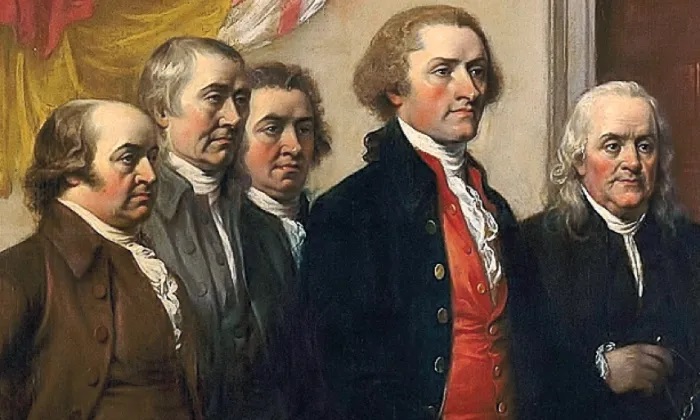A college friend looked at the Web site for the first time and concluded, “I like your site, but it takes too long to get to the meat and potatoes.”
How about this: “Do Good!”

Clear, concise and took just thirty-three words to get there.
The only problem is that like the previous commentary touting “Ethix” as a quick fix, without a contextual framework, it comes off as too simplistic.
Here’s how one CEO summarized ethics in a 4-page memo:
“An employee shall not conduct himself or herself in a manner, which directly or indirectly would be detrimental to the best interests of the Company or in a manner, which would bring to the employee financial gain…”
Sounds good enough, but the memo concludes with this: “We want to be proud of Enron and to know that it enjoys a reputation for fairness and honesty…” Signed, Ken Lay.
Here’s the problem with concise: most people are not all that clear as to how and when to apply the “Do Good” message especially when little things like self-interest get in the way..
In the talks I’ve given to groups around the country over the last 14 years, the one thing people ask for is more stories; stories that reveal the difference between good ethical conduct and bad.
As General Krulak made clear in Friday’s commentary (A Way of Life), “We study and discuss ethical principles because it serves to strengthen and validate our own inner value system… It is the understanding of ethics that becomes the foundation upon which we can deliberately commit to inviolate principles.”
But when it comes to ethical principles, which principles am I referring to?
“In July 1992,” ethicist Michael Josephson writes, “the [Josephson] Institute brought together thirty national leaders representing schools, teachers’ unions, family support organizations, faith communities, national youth service groups, ethics centers, and character education experts…”
What came out of that meeting was “…an unprecedented declaration which calls for character education based on six core values.” They are: Trustworthiness, Respect, Responsibility, Fairness, Caring and Citizenship.
Trustworthiness embraces the ethical values of honesty, integrity, promise-keeping and loyalty.
Respect not only means practicing courtesy, civility and decency, but tolerance.
The ethical value of Responsibility reminds us of our duty toact as well as to refrain from improper acts. Responsible people consider the possible consequences of their actions on others ahead of time. And they are diligent in the pursuit of excellence in their work.
Fairness: An ethical person conscientiously employs open and impartial methods for gathering and evaluating information necessary to making decisions avoiding favoritism and prejudice. Fairness also means not taking advantage of the mistakes or ignorance of others.
Caring is the ethical value that takes into account a genuine concern for the interests of others. Often expressed as theGolden Rule, “Do unto others as you would have them do unto you,” Michael Josephson points out, that the rule “translates the general value of caring and concern into an operational standard designed to encourage people to seek to maximize the benefits and minimize the harm to others.”
And finally, the ethical value of Citizenship “acknowledges civic duties and virtues that extend beyond one’s own self-interests, demonstrating social consciousness and recognizing one’s obligations to contribute to the overall public good. Civic duties include voting, serving on a jury, reporting crimes, testifying as a witness, paying taxes, protecting the environment.
“Civic virtues,” Josephson writes, “emphasize social contributions… such as running for [public] office, accepting appointments to office, working for candidates or issues, and giving time and money to charity.”
All six of these ethical values are traits of character that allow us to “Do Good.”
How we utilize these principles is the subject of Friday’s commentary.
Comments









